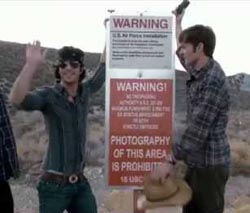
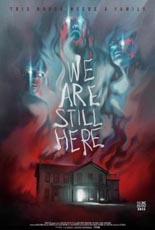 Two months after a car crash kills their son, Anne (Barbara Crampton, You’re Next) and Paul (Andrew Sensenig, Don’t Look in the Basement 2) move from the city — but not their grief — and into an old house in a snowy, sleepy New England town. Almost immediately, strange stuff happens, leading an emotionally fragile Anne to believe his ghost is haunting them.
Two months after a car crash kills their son, Anne (Barbara Crampton, You’re Next) and Paul (Andrew Sensenig, Don’t Look in the Basement 2) move from the city — but not their grief — and into an old house in a snowy, sleepy New England town. Almost immediately, strange stuff happens, leading an emotionally fragile Anne to believe his ghost is haunting them.
He’s not, but something definitely is at work, because that’s what happens when you move into an ornate structure that operated as a funeral home in the late 19th century — especially one that sold off its inventory, and I don’t mean coffins. Also cluing Anne in: a note covertly pressed into her palm upon meeting a neighbor, reading, “THE HOUSE NEEDS A FAMILY — GET OUT!” Why, it’s enough to invite their kooky hippie friends with supposed psychic abilities (Mars Attacks’ Lisa Marie and Late Phases’ Larry Fessenden) up for a visit and séance, and enough to send viewers to a state of utter impatience.
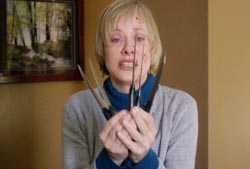 For all its arthouse-horror trappings, We Are Still Here is as predictable and cliché-ridden as any mainstream fright film. For just one example, our foursome of friends enters a local bar and grill, only to have its drinkers and diners immediately fall into a frown-filled hush of suspicious disapproval — a conceit that dates back to ye olde Universal Monsters. Writer and debuting director Ted Geoghegan also can’t keep his own mythology straight; whereas in one scene a character explains with utmost authority that the house contains a darkness that rises “every 30 years like clockwork,” he later settles for “every 30 years or so.”
For all its arthouse-horror trappings, We Are Still Here is as predictable and cliché-ridden as any mainstream fright film. For just one example, our foursome of friends enters a local bar and grill, only to have its drinkers and diners immediately fall into a frown-filled hush of suspicious disapproval — a conceit that dates back to ye olde Universal Monsters. Writer and debuting director Ted Geoghegan also can’t keep his own mythology straight; whereas in one scene a character explains with utmost authority that the house contains a darkness that rises “every 30 years like clockwork,” he later settles for “every 30 years or so.”
At least that “darkness” is well-depicted by beings of glowing ash and milky eyes. At least Crampton has reached an age where she is allowed to act instead of just disrobe. And at least the movie carries an aura like its sinister abode — unfortunately, it’s one rather cold to the touch. —Rod Lott

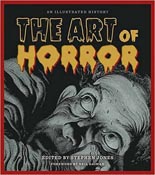
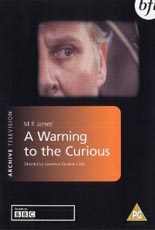

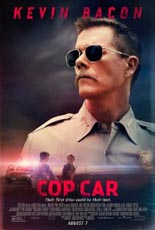
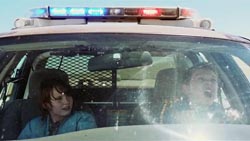
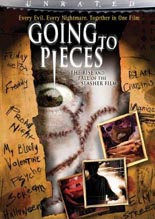
 Slasher films are targets of scorn from critics and other high-minded pillars of the community, yet a nonstop source of fun for movie buffs. Adam Rockoff’s 2002 critical study,
Slasher films are targets of scorn from critics and other high-minded pillars of the community, yet a nonstop source of fun for movie buffs. Adam Rockoff’s 2002 critical study, 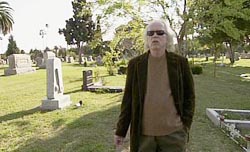
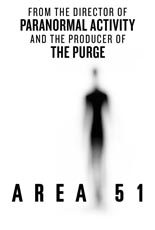
 Given
Given 